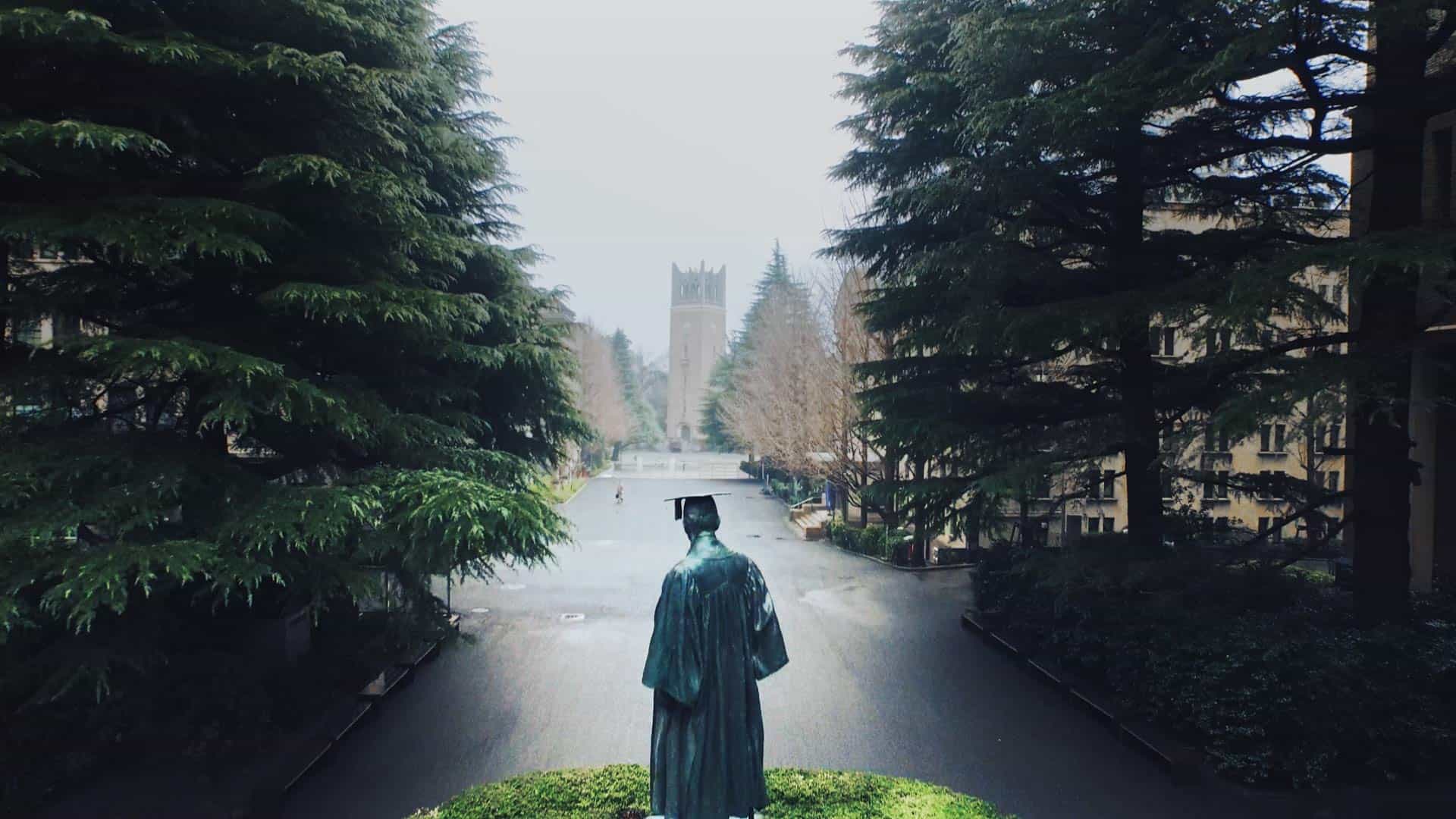Honoring 100 years since the death of Shigenobu Okuma, founder of the University / Part 1
Mon, Jan 10, 2022-
Tags
Honoring 100 years since the death of Shigenobu Okuma
January 10, 2022 marks 100 years since the death of the founder of Waseda University, Shigenobu Okuma. As the first part of a three-part series, we explore the life of a man, both politician and educator, and how his history ties into the legacy of Waseda.
Part 1: Supporting the school from the shadows (1881-1897)
Shigenobu Okuma started on the establishment of the Tokyo Senmon Gakko, the predecessor of the University, immediately after he left the center of politics due to the failed Meiji-14 coup in 1881. Okuma later described that time as follows.
“Keio Gijuku in Mita has already produced many human resources. Due to the relationship with Fukuzawa, some quite young talented people also came to me. I keenly felt the need
to nurture human resources. (…) I had already been thinking for some time that I must create an influential private school.
A great change occurred in my life due to the political change of Meiji 14 (1881), and that gave me the motivation to hasten the establishment of a school. (…) The university group worked exclusively on this, led by Azusa Ono, who had been on the Board of Audit and left together with me.”
<“Shigenobu Okuma autobiography” (Iwanami Bunko) pages 359-360>
Azusa Ono and the others considered the contents of the education while Okuma worked to obtain the land to construct the school. This is the land where the current Waseda Campus is located. At the time, it was a tranquil area of rice fields and Japanese ginger fields. Okuma purchased this land and then lent it to the school (before donating it in 1908).
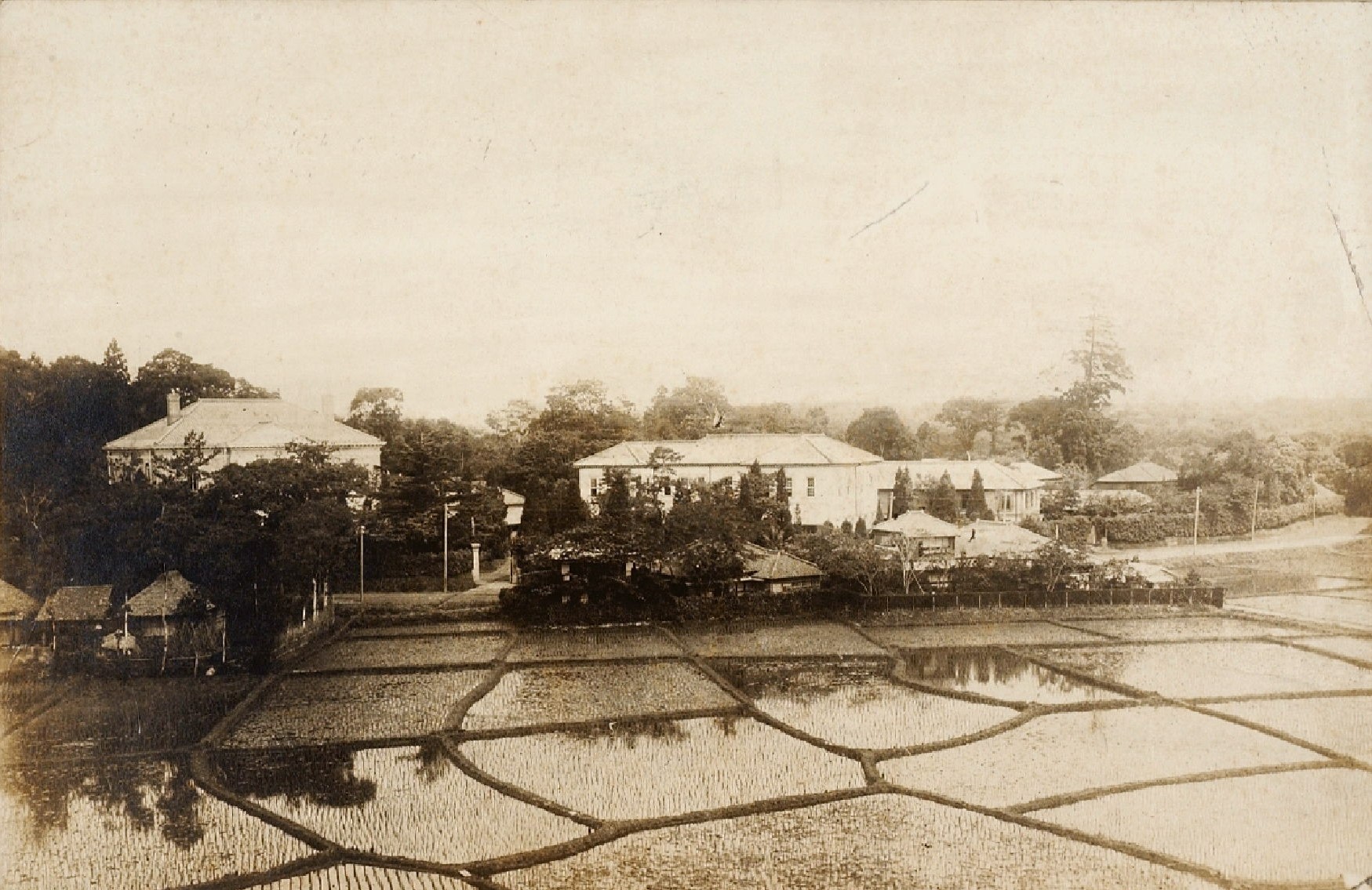
The Tokyo Senmon Gakko in 1890s
The Tokyo Senmon Gakko was opened on October 21, 1882, but as Okuma had been expelled from the government in the political change, at the time it was sometimes called a “rebel school”. For this reason, Okuma did not take the center stage and instead supported the school from the shadows. His name was not included in the executives of the school and he did not attend the official events, but he gave the school a fixed sum of aid each year and was also involved in the deliberation of important matters.
The photograph on the bottom was taken in July 1884 of all the students, faculty and staff at the time of the first “tokugyoshiki” (which was the name for the convocation before the promotion to university status). Okuma did not attend at this time either, and at the time the photograph was taken, he was standing almost hiding in the shade of a tree near the entrance to the school building. (*For the position where Okuma stood, refer to the “Timeless Ideals” area in the Waseda University History for Tomorrow Museum)
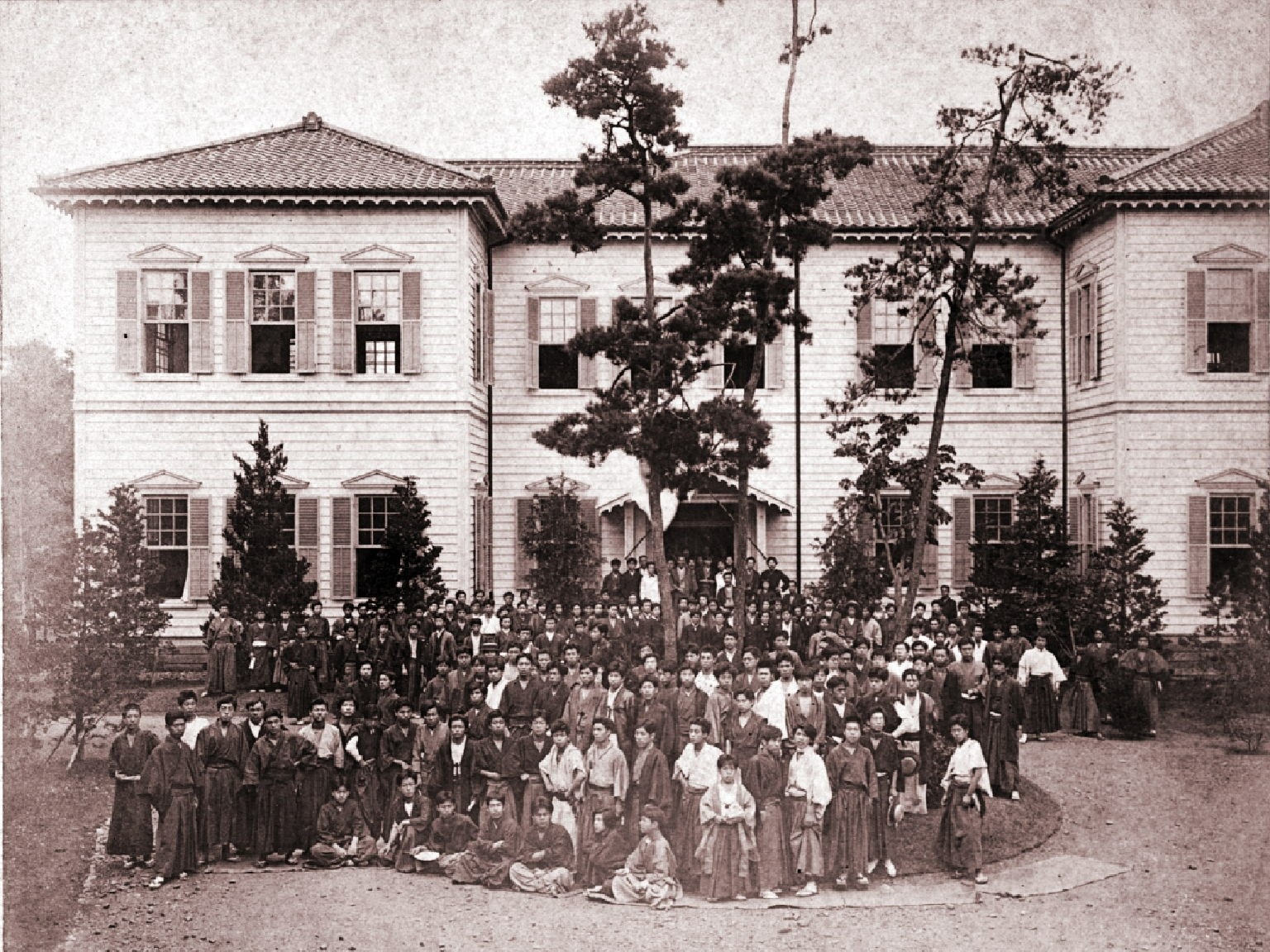
All the students, faculty and staff at the time of the first “tokugyoshiki” in July 1884
In March 1884, which was a year and a half after the school opened, Okuma moved his principal residence directly adjacent to the school. This is where the current Okuma Kaikan and Okuma Garden are located. In addition to politicians and guests from overseas, many Waseda academic staff and students visited the residence and deepened their interaction with Okuma.
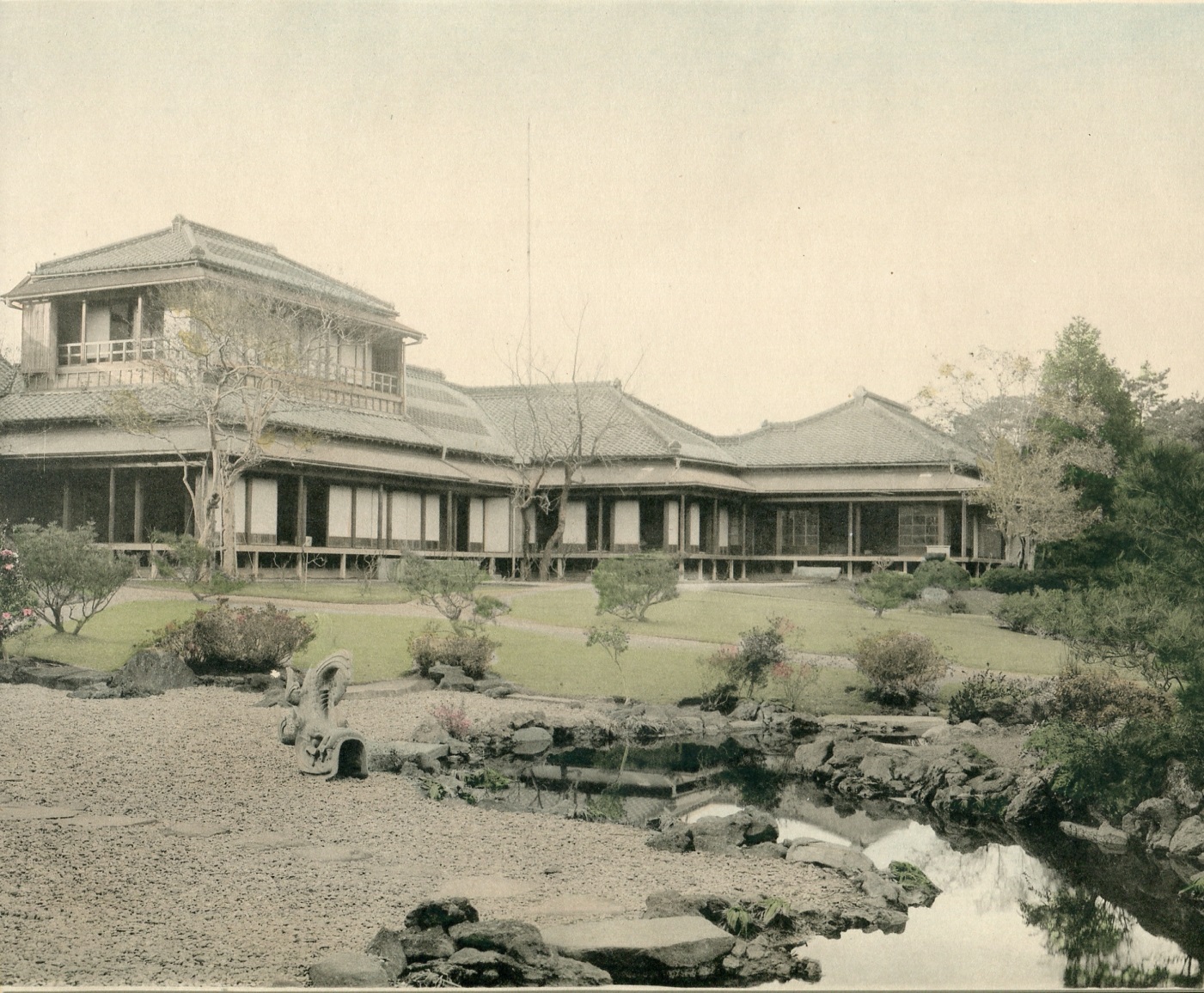
K. Ogawa “A MODEL JAPANESE VILLA” (Okuma’s principal residence) in 1889
Okuma first appeared at an official school event at the 14th “tokugyoshiki” graduation ceremony in 1897, which was 15 years after the school’s foundation. In his speech at this ceremony, he spoke of his struggles since the school’s establishment in the following way.
“So what misunderstanding occurred in society? I was related to politics, so it was as if I had some political purpose and used it for political reasons. (…)
I definitely do not feel that way personally, but we have come this far thanks to the passionate efforts of you all since our foundation and I feel that this misunderstanding may have started to clear slightly. (…) This is certainly not something that belongs to Okuma. However, I have of course also made a certain amount of effort for the school so far. A school is like a temple. I am a temple supporter. (…) If you all go out into society from now on and work with that intention, then this will create a large number of supporters and the school will be sure to prosper.”
<“Collection of Shigenobu Okuma speeches” (Iwanami Bunko) pages 138-141>
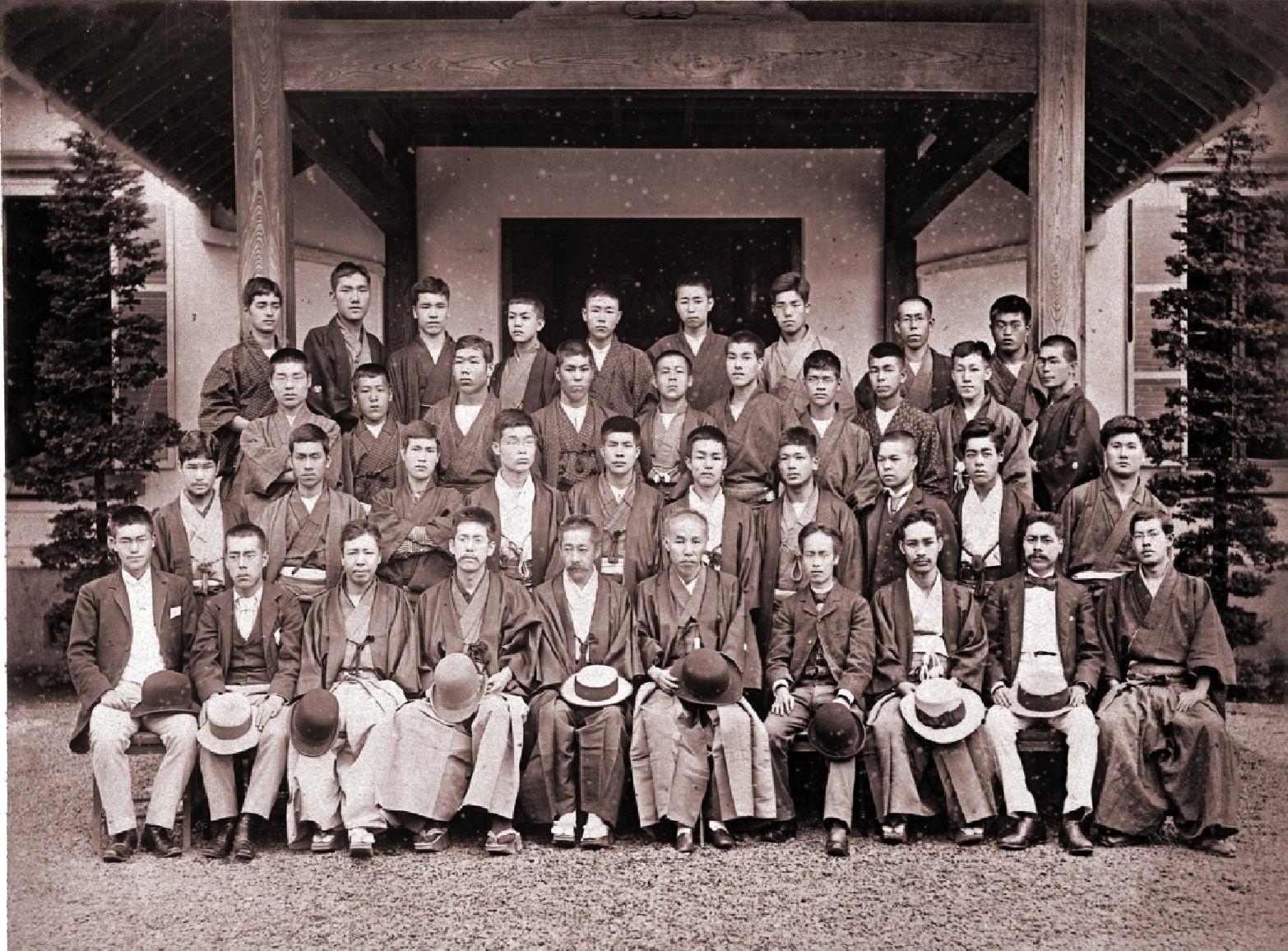
Okuma Shigenobu and students at Okuma’s residence
During this period, Okuma had returned to the center of politics. He was twice appointed as the Minister for Foreign Affairs and also took on the duties of the Minister of Agriculture and Commerce from March of that year. The Tokyo Senmon Gakko started with 80 students, but had grown to produce 1,769 graduates in this year, so nobody was still labeling it a “rebel school”. Later on, Okuma was appointed as the first President of Waseda University and shifted from supporting the school from behind the scenes to being a person standing out in front and leading it.
To be continued
Satoko Tanaka / Research Associate, Waseda University Archives


